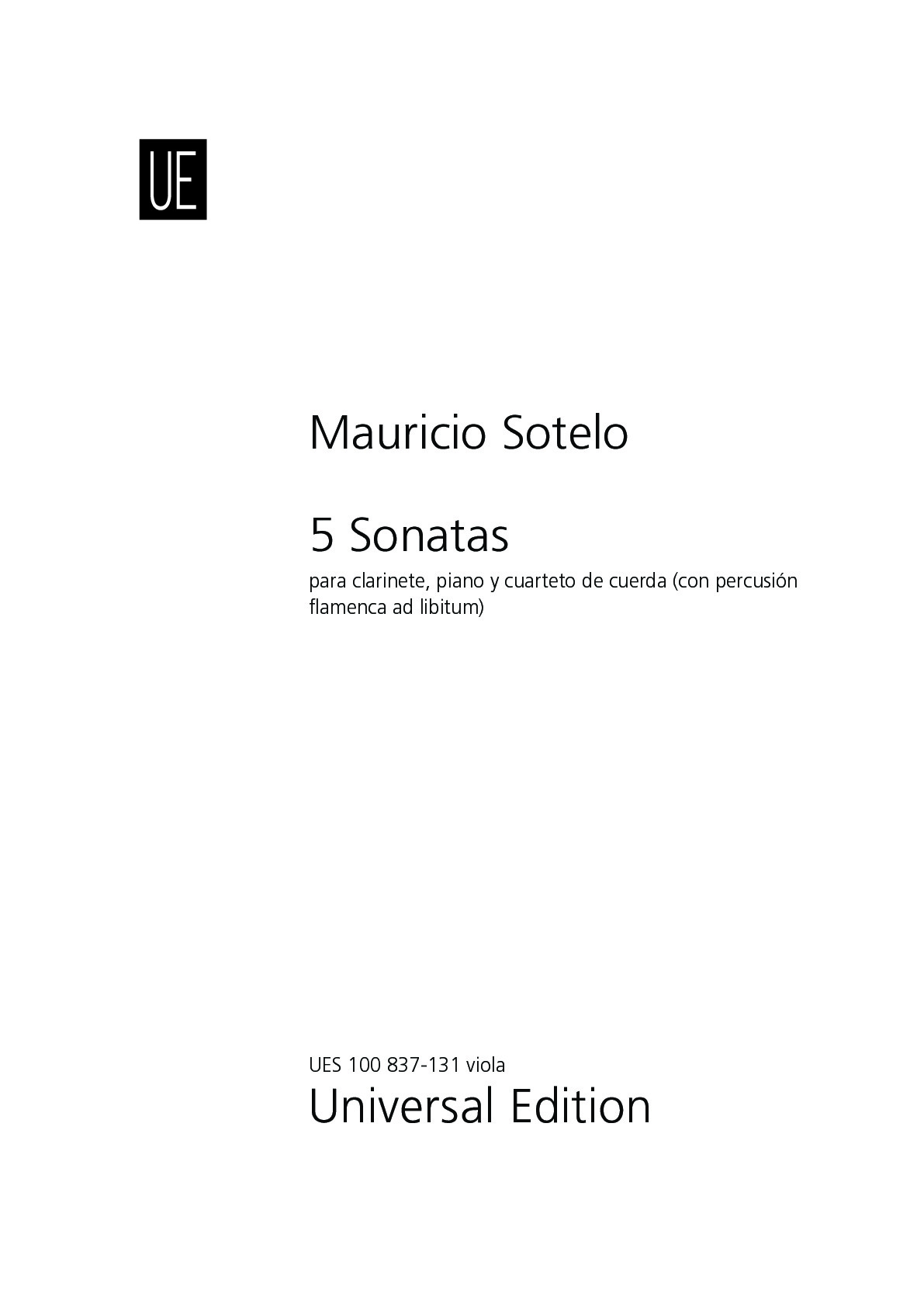.png)
Digital edition
immediately available as PDF
€14.95
Payments:
Shipping:
Domenico Scarlatti
Viola (5 Sonatas)
Bearbeitet von: Mauricio Sotelo
UES100837-131
Type: Stimme
Format: 210 x 297 mm
Pages: 12
Digital edition
immediately available as PDF
€14.95
Payments:
Shipping:
Description
Domenico Scarlatti was born 1685 in Naples. He moved to Lisabona in 1619, becoming the musical director to King John V of Portugal and music master to Princess Maria Bárbara de Bragança, who was to remain his patroness and for whom most of the harpsichord sonatas were later written. In 1728 his pupil Maria Bárbara married the Spanish crown prince, the future Ferdinand VI, and Scarlatti followed the royal pair to Spain. There he was to spend his remaining years, first in Sevilla – travelling with them throughout Andalusia – and after 1733 in the royal residences of Madrid and at the nearby palaces of El Escorial, La Granja and Aranjuez.
In Andalusia, he listens to popular music and flamenco (at that time, flamenco was not precisely the music that we now know, but there were the roots and the essence of what we now know as 'cante hondo').
As a trembling "Lamento de Orfeo" must have sounded the guttural song of the Andalusian gipsies to the attentive ears of Doménico Scarlatti upon his arrival in Spanish lands.
Domenico Scarlatti manages to break the norms and the hierarchical organizational order that governed the musical composition of his time, introducing elements of Andalusian cante jondo and orienting himself compositionally-experimentally on empirical principles of auditory perception. Scarlatti establishes a new harmonic system, a balance between the tonal uses of the progressive music of his epoch and the modal turns of cante jondo. In Scarlatti’s work impresses the depth with which he undertakes the reform of his musical language. It is not a simple appropriation of exotic elements, nor a simple ornamental unfolding.
Surprisingly, we face a new structural formulation that affects all parameters: tonal system, scales, bass patterns, sound sequences, textures, melismatic shapes and objects, melodic character, rhythmic repetitions; apart from the rhythmic complexity and the great wealth of almost "guitarist" figurations (Barbara Zuber, January 1986). Besides the rejection that grows in the composer towards pre-established formulations, the gradual development of a taste for experimentation in the different phases of his work is remarkable.
My work here starts from the sound imagination, the timbre, and the expressive colour that I find in this powerful music. The choice of the tempi, the rhythmic accents, the detailed writing of the ornaments, and the timbre and color constitute my interpretation of this extraordinary music, which I have always felt very close to.
More information
Type: Stimme
Format: 210 x 297 mm
Pages: 12

